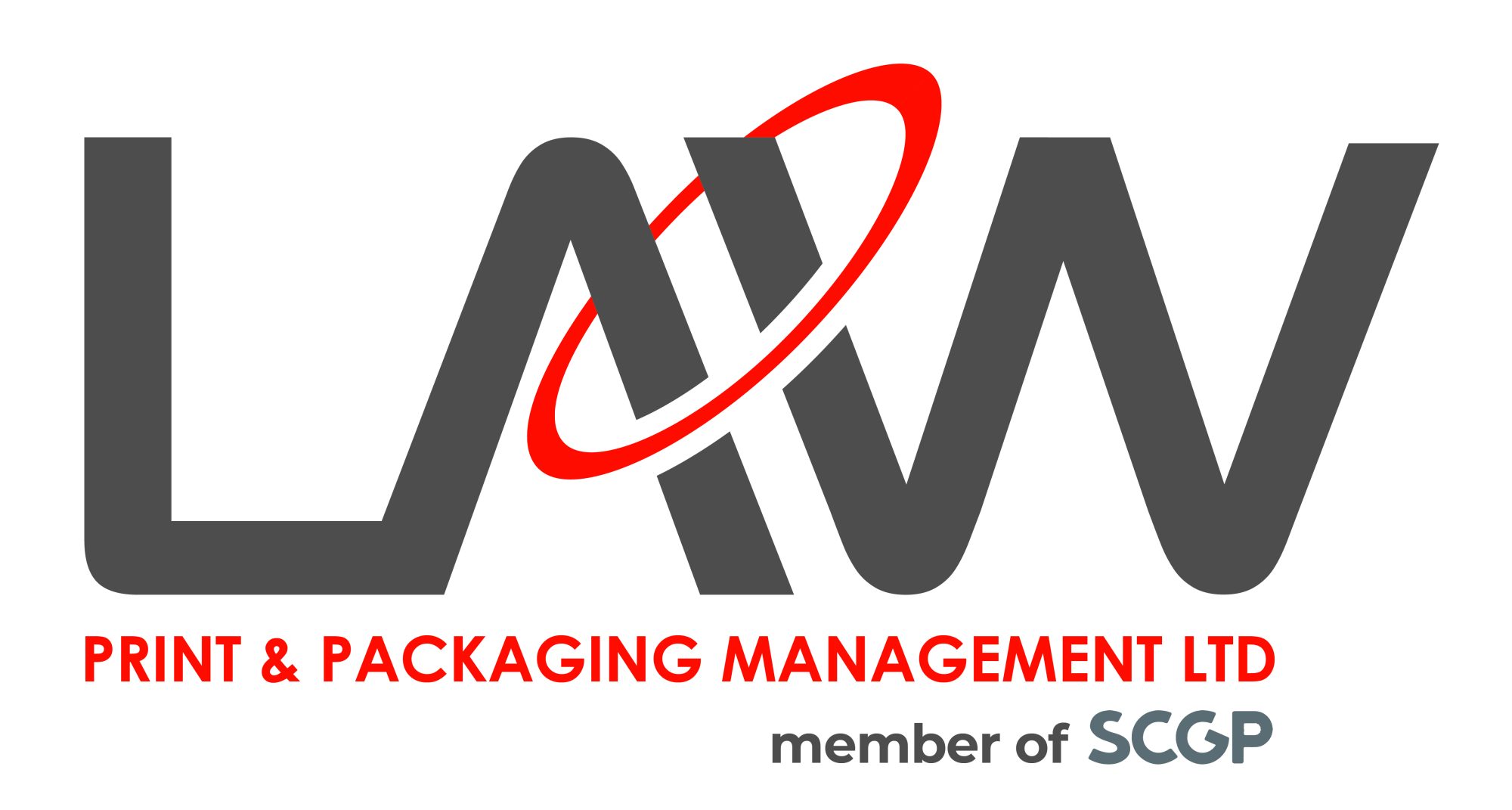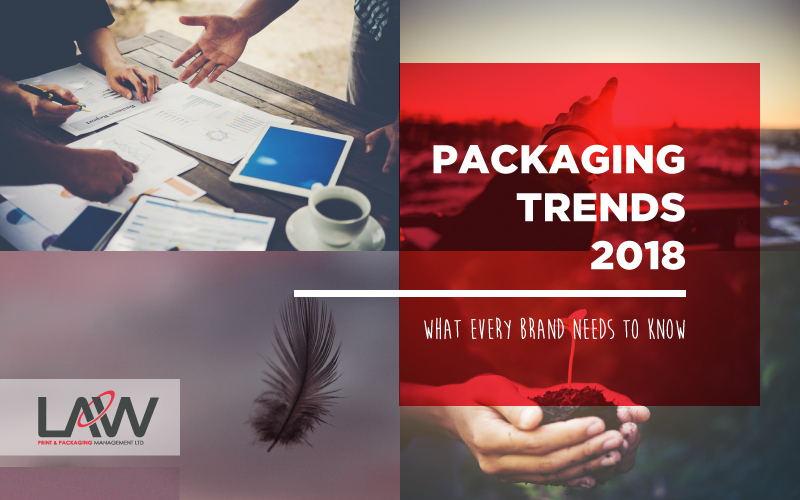2018 is set to be an exciting prospect for packaging and its role in the marketing mix. But what exactly should you be focusing on? And what do consumers now expect from your packaging?
Our team have put together the most influential packaging trends that should be on every brand’s radar for 2018.
Lightweighting packaging
As flexible packaging suppliers, we’ve long understood the benefits of lightweight packaging. The ability to switch to lighter weight alternatives or use lighter packaging materials has a visible impact on supply chain costs and efficiencies. But in today’s eco-conscious climate, lightweighting lends itself to companies and brands looking to improve their carbon footprint.

We’re predicting that lightweighting will continue to be at the forefront of packaging considerations in 2018, as more companies come to realise how it impacts the bottom line. Brand owners, retailers and manufacturers will continue to work together to modify pack formats, with focus on material reduction at very early concept stages.
Optimisation
As the retail landscape becomes ever more competitive, supermarkets and retailers are persistently striving for cost savings, however small. Whilst lightweighting can improve environmental kudos, packaging optimisation focuses purely on the economic benefits.
Future advances in packaging will focus on new formats designed to utilise 100% of volume, using materials in the most economical way to decrease costs and improve overall efficiencies.
We’ve already seen a trend towards more optimised bag formats such as flat bottom bags that reduce weight, save space and improve shelf appeal in 2017, with some great projects in development stages ready for launch in the New Year.

Sustainability
A greater focus on sustainability in 2018 isn’t unique to packaging, but it seems that a company’s packaging agenda is an important part of achieving ‘sustainable status’ with today’s consumer.
Sustainable packaging is defined as the development and use of packaging that results in improved sustainability, but what exactly makes packaging sustainable is more difficult to specify. There are no set parameters or certifications to be awarded before you can call your packaging sustainable.

Reusing or recycling packaging, lightweighting, using less inks, or choosing bioplastics and compostable materials are all examples of sustainable packaging initiatives.
2018 will bring more focus on end to end life cycle of packaging, not just innovative new materials, but big questions over how we dispose of waste responsibly.
Multi-sensory
As the growth of online sales continues to hammer bricks and mortar retail, multi-sensory experiences are predicted to be one of the key ways to keep the consumer coming back to physical stores.

This new wave of emotional marketing looks to capitalise on touch and textures. Packaging presents a great platform for this as one of the very few physical brand touchpoints left in marketing.
For years, brand owners have been warned of the importance of touch in consumer purchasing decisions. As more than 70% of buying decisions are still made in store, companies will look to connect with consumers in-store through more ‘sensory packaging’.
At Law Print we like to keep ahead of the game. Our team are always on the lookout for new innovations that can add value, increase efficiency and reduce costs for our customers. If you’d like to chat with our team about your next packaging project call us on +44 (0) 161 440 7302 or send us an email with your project.
Subscribe to our newsletter for all the latest packaging news and insights


